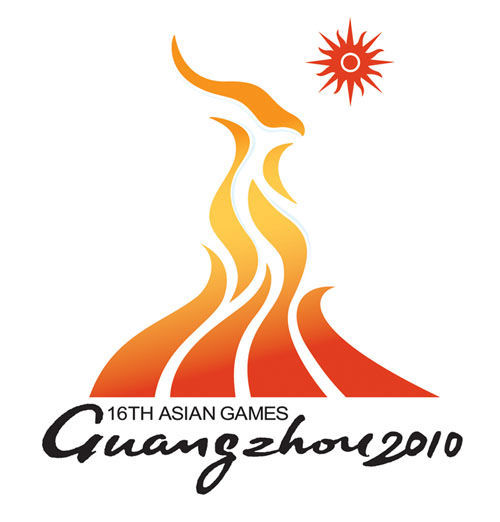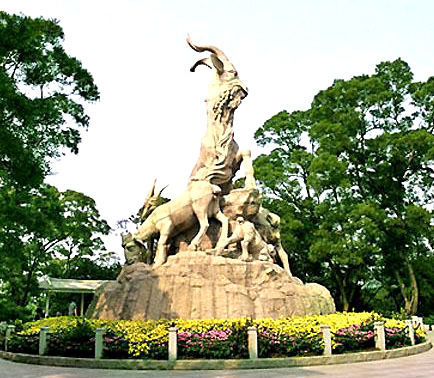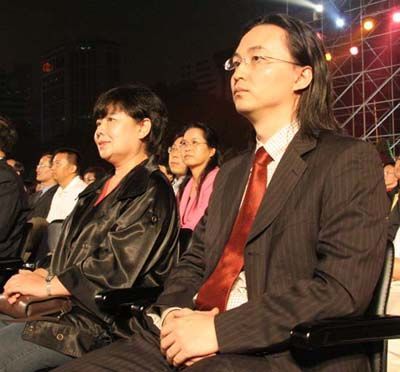
The Official Emblem of the 16th Asian Games, Guangzhou 2010
Design Team:
Lead designer
Zhang Qiang / Design and design development
Co-designers
Zhang Yi, Wu Zhonghao, Li Chenjia
Company:
Zhongjia (Guangzhou) Design Co Ltd
The concept: The design of the Games emblem is derived from a legend about the City of Guangzhou: As the legend goes, a long time ago, the farm lands in Guangzhou ran dry, food could not be grown and the people experienced a famine. They could do nothing but pray to the heavens for luck. Moved by their piety, Five Immortals descended from the sky, riding on goats with coats of different colors, each holding rice ears in its mouth. The Immortals gave the rice ears to the people and declared that the land would be free from famine.
Afterwards, they disappeared into the sky. The five goats that were left behind turn into stone. From that time on, Guangzhou reaped a bumper harvest of grain every year and grew into one of the most prosperous cities in China.
For this reason Guangzhou is also known as the City of Goats or the City of Rice Ears.
The Statue of the Five Goats in Guangzhou's Yue Xiu Park is a reminder of this legend and has, over the years, become the symbol of the city and one of its most well known landmarks.

Stone Statue of Five Goats in Yuexiu Hill in Guangzhou, a symbol of the host city of the 16th Asian Games and original element of the official emblem design.
In traditional Chinese culture, the "goat" is an auspicious animal that brings luck and in the language of ancient China, the character "羊" (yang or goat) is identical to the character "祥" (xiang, meaning luck). The character "美" (mei, beauty) is composed of the characters "羊" (yang, goat) and "大" (da, big), in keeping with the traditional Chinese belief that a “big goat" is beautiful.
In the Chinese language, many words and characters associated with the meaning of beauty are often related to the character "羊" (yang, goat).
The beloved goat is embodied in the emblem design, representing Guangzhou its people and their readiness to embrace the 2010 Asian Games and present the best of the city to people across Asia and the world.

Mr. Zhang Qiang (right), lead designer of the Official Emblem of the 16th Asian Games and Ms. Hu Chuanni (left), head of the judging panel and a professor at the Guangzhou College of Fine Arts, at the emblem launch on November 26, 2006.
The soft and uplifting lines in the emblem design outlines a contour of the Five Goats that is identical to the shape of a torch. The design of the emblem, a combination of the concrete and the abstract, of grace and ease, manifests the ever-burning sacred flame of the Asian Games. The emblem represents a perfect symbol of Guangzhou, the best wishes of its people, and the dynamics of the Asian Games.
About the Emblem: The soft and vibrant contours of the emblem symbolize the running lanes of an athletics track, the sacred, forever burning flames of an Asian Games Torch and finally, the silhouette of the Statue of the Five Goats. The design, a combination of the concrete and the abstract, of grace and finesse, therefore cleverly combines elements of Guangzhou and the Asian Games at the same time. The Emblem perfectly represents Guangzhou, the sports aspirations of its people and the dynamism of the Asian Games.